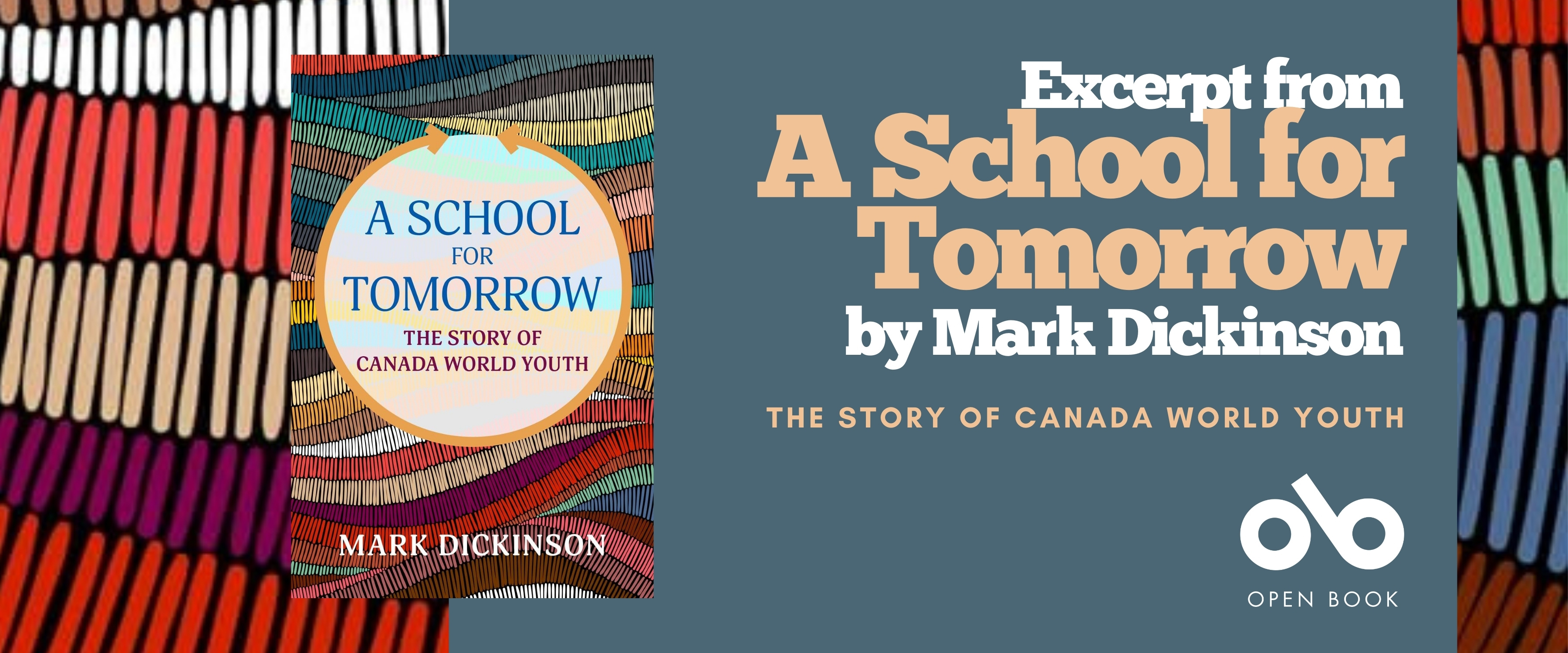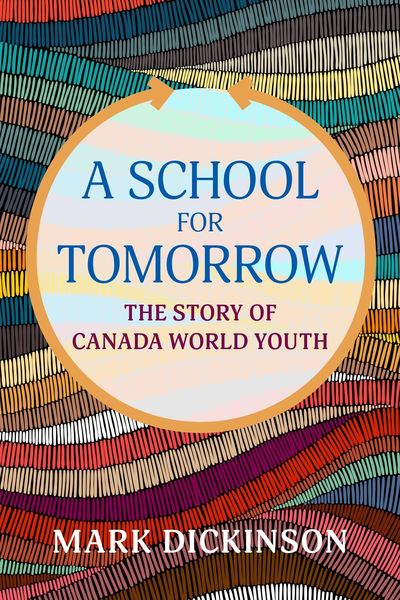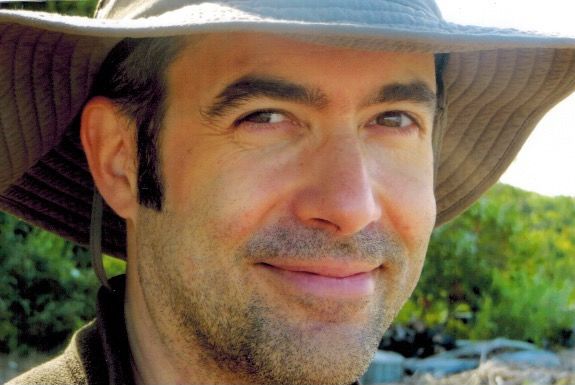Read an Excerpt from A SCHOOL FOR TOMORROW, the Story of the Canada World Youth Movement
In A School for Tomorrow: The Story of Canada World Youth, author Mark Dickinson thoughtfully explores a bold experiment in global education launched by Jacques Hébert in 1971. Rooted in the idea that true understanding begins with connection, Canada World Youth set out to introduce young people across borders and cultures.
Over the next four decades, the program sent participants from Canada and around the world into communities far from home. Whether planting roots in rural Québec, sharing meals in Malaysian Borneo, or working on farms in Uruguay, the members of this organization learned how to adapt, collaborate, and build friendships that transcended difference.
Dickinson’s book serves as a historical account and also as an important look at the importance of global-community, charting the rise of Canada World Youth, the challenges it faced in a rapidly shifting world, and the enduring lessons of respect, resilience, and shared humanity that it gave to generations of young people.
We've got an excerpt from this fascinating title to share with our readers, right here on Open Book!
An excerpt from A School for Tomorrow, by Mark Dickinson
During Participant Orientation Camp, one of group leader Sue Cass’s participants, a big strapping young man from a small farming community in western Canada, was flagged as possibly being unsuited for the program. Not only did his demeanor at times appear “rather racist” but at one point he told his group leader that he never wanted to be on the India exchange in the first place. He would try to make it work, he said, but added doubtfully that he wasn’t sure he could. To complicate matters, he and his counterpart seemed like an epic mismatch. “Is he going to make it through this?” Cass remembers wondering.
As the weeks went by, a friendship formed between the Canadian participant and one of the Indian participants, a kind and good-humoured woman from an urban, working-class background. Their lives were, in some ways, parallel to one another. “She would sit with him quietly and talk to him, especially when he was frustrated with his counterpart, who he said was driving him crazy,” Cass said. She became in many ways his cultural interpreter, helping him make sense of the differences between them all. As the weeks and months went by, their relationship would evolve from a gentle friendship to something stronger.
The Canadian participant survived the first phase of the program but his world was blown open by India during the second. He was stunned by the basic living conditions they encountered in the village. There were no washrooms, no plumbing, no electricity. Farmers lacked all but the simplest of tools, and yet somehow managed to produce so much. He pushed through, and in many ways his farming background worked to his favour.
The end of any Canada World Youth exchange was a hugely complicated event. People who shared some of the most intense and vivid experiences of their lives with one another were suddenly separated. All kinds of relationships came to an abrupt halt.
When the B.C./India team arrived at the airport in Mumbai, field staff shepherded participants into a separate room where they could say their goodbyes in private. Public displays of affection – especially between Westerners and Indians – were strictly pro
Your CanLit News
Subscribe to Open Book’s newsletter to get local book events, literary content, writing tips, and more in your inbox
hibited in India. For Cass, the sight of the young man from small-town western Canada and the young woman from urban India saying goodbye was something that would always stay with her. “I remember seeing the two of them embrace with tears pouring down their faces, knowing that was it,” Cass told me. “They both knew they would go back to their worlds, and they knew enough about each other to realize that their relationship couldn’t go anywhere. This was a goodbye, and a thank you.” This powerful emotional farewell brought into clear focus what Canada World Youth was supposed to be about. “It's a very simple human thing to be able to realize that we're not so different in the world,” she said. “It was my first year in the field and, for me, it was like ‘Okay, I’m in. You got me now.’”
_______________________________________
Mark Dickinson teaches in the School for the Study of Canada / École d’études canadiennes at Trent University in Peterborough, Ontario. His work has appeared in different magazines, newspapers, and periodicals, including The Walrus and The Times of London. Originally from British Columbia, he was a Canada World Youth participant on the Québec-Indonesia exchange in 1994/95, and later returned to Indonesia to work on a sustainable development project in the Sumatran rainforest. This is his fourth book.






